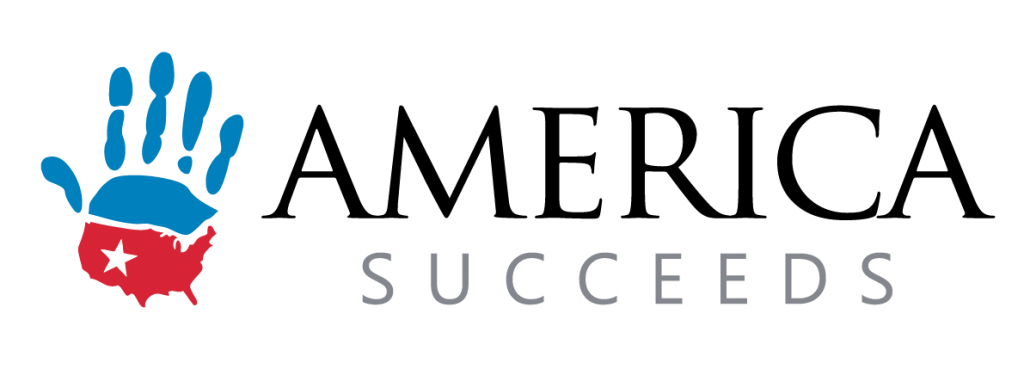The future landscape of both education and the workforce is intrinsically linked, with each sector influencing and shaping the other. The trends we predict for 2024 in education reform and workforce development are not isolated phenomena. In the final article of the series, we discuss the interconnected system that requires a comprehensive and holistic approach to bring about effective change.
From Classroom to Career: Bridging the Gap
The transition from education to employment is a critical pathway that needs to be fair, seamless, and efficient. Education reform that focuses on durable skills, personalized learning, and real-world experiences directly feeds into the workforce’s need for skilled, adaptable, and competent individuals. When students are equipped with not only academic knowledge but also practical skills that align with industry requirements, they are better prepared to contribute meaningfully in their professional roles from day one.
Industry Needs Informing Educational Content
The evolving demands of the workforce should inform educational reforms. This symbiosis can be seen in the growing emphasis on skills-based training and the shift towards competency-based learning models. By closely aligning educational content with current and future industry needs, educational institutions can ensure that students are not just learning but are being prepared for the actual challenges and opportunities they will encounter in the workplace.
Creating Agile and Responsive Education Systems
For education systems to remain relevant and effective, they must be agile and responsive to changes in the workforce landscape. This includes adapting to technological advancements, evolving job roles, and the changing nature of work itself. The expansion of school choice and the development of diverse educational pathways, such as vocational training and micro-credentialing, are examples of this agility.
Partnerships as a Key Driver
Strong partnerships between educational institutions, businesses, and government entities are crucial. These partnerships can lead to the development of tailored training programs, apprenticeships, and internships that provide students with the hands-on experience and skills required in the modern workforce. Additionally, these collaborations can lead to policy reforms that further support the alignment of education with workforce needs.
The Role of Technology in Connecting Education and Workforce
Technology plays a pivotal role in linking educational content with workforce requirements. From digital platforms that facilitate skills-based learning to analytics tools that help track educational outcomes and their alignment with job market trends, technology is a key enabler in this interconnected landscape.
Addressing Equity to Ensure Inclusive Workforce Development
Equity in education is fundamental to creating a diverse and inclusive workforce. Efforts to bridge the digital divide and initiatives to diversify the teaching profession are steps toward ensuring that all students, regardless of their background, have equal opportunities to succeed and contribute to the workforce.
The interconnectedness of education reform and workforce development in 2024 and beyond calls for a systemic approach. It requires stakeholders across sectors to collaborate, innovate, and remain flexible to the ever-changing demands of the global economy. By understanding and acting on these interconnections, we can build a future where education and workforce development are seamlessly integrated, leading to economic growth and individual success.
These Predictions Impact Us All
As we look ahead to 2024, understanding these predictions is crucial not just for educators, policymakers, or business leaders, but for everyone. The changes and trends in education and workforce development have far-reaching implications that extend to all corners of our society.
So, How Will You Get Involved In 2024?
This year presents a unique opportunity for proactive engagement and collaboration in shaping the future of education and workforce development. At America Succeeds, we’re committed to driving these transformative changes, and we invite you to join us in this mission. Your involvement can make a significant difference.




